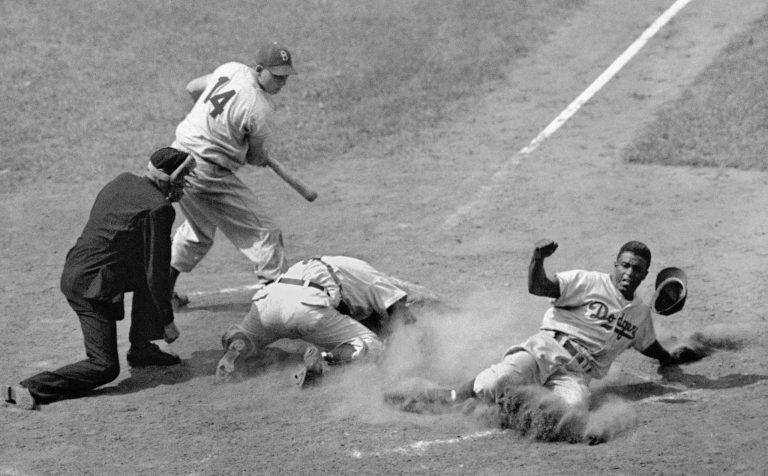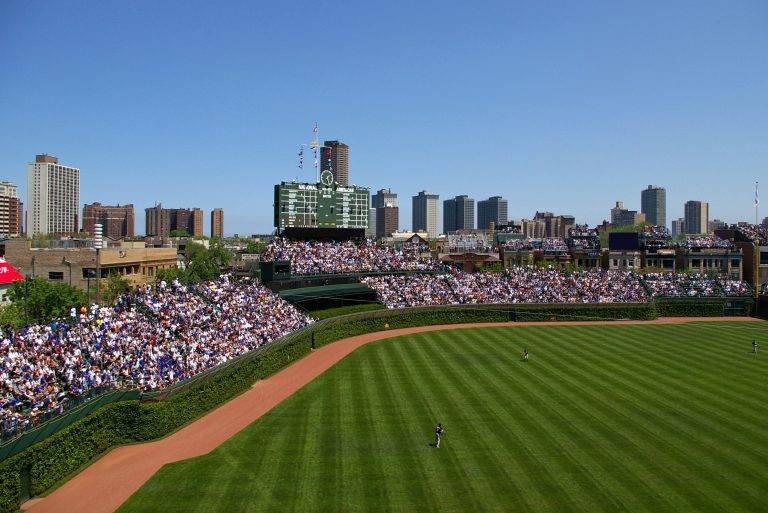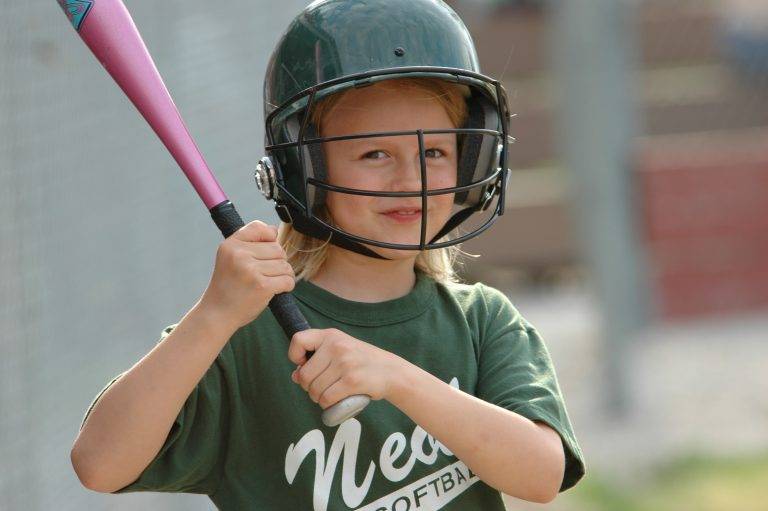My Father and Jackie Robinson’s First Game
I’d like to believe my father’s story about attending Jackie Robinson’s historic first game. Of course, this was the game where Robinson, Branch Rickey and the Brooklyn Dodgers changed the world forever. However, my father tended to embellish his past and occasionally his present. Thus, I’m never sure how much of any of his stories actually happened. For example, he once gave me what he said was Muhammad Ali’s autograph. However, the signature looked suspiciously like his handwriting. Was it just a coincidence that he met Ali and their handwriting was so similar? Nevertheless, I have fond memories of my father’s claim that he was at the game. I choose to believe his story. My Father My father was an award-winning, brilliant engineer and author. During his career, he earned masters degrees in electrical and mechanical engineering. Additionally, he received a Ph.D. in applied mathematics. Applied mathematics because the school he taught at did not offer an engineering Ph.D. We all knew that he was a smart guy. But he embellished his past. For example, he used to joke about how he fulfilled his Ph.D.'s foreign language requirement. Over a weekend he prepared by reading a French language textbook. The following Monday's test was to translate a passage, written in French. Upon review, he realized the paragraphs contained a math problem with explanatory text. First, he solved the problem. Then he used his calculations and a cursory knowledge of French to translate the text. Since he tended to embellish the past - who knows if this story is true. However, anyone who knew him well would think it was possible. My Father at Yale Allan D. Kraus was born and raised in Brooklyn and loved Opera and the Dodgers. He told me that he spent his winters at the Met and summers at Ebbets Field. However, I sense that he combined his intelligence with hard work and ambition. For example, each day he would travel from Brooklyn to the Bronx High School of Science to attend one of the best high schools in America. In December 1943, he turned 18 and hitchhiked from Antioch College to Cincinnati to join the Navy. After the war, he finished his undergraduate work at Yale and played on their baseball team. He was a pretty good catcher. Although he had some skill and the desire to play the game, he was not good enough to play professionally. He failed a tryout with the New York Giants after college. Ebbets Field Unfortunately, I was born the winter the Dodgers left Brooklyn and never saw Ebbets Field. However, the stories of this small, intimate, neighborhood ballpark with its odd assortment of characters, enchant me. Each makes me wish I was just a bit older or could go back in time. I'd love to sit in the stands at Ebbets Field and experience the sights and sounds. 1st Pitch of 1956 World Series at Ebbets Field https://www.baseballhistorycomesalive.com In 1994, my 96-year-old grandmother - dad's mother, died. On…




